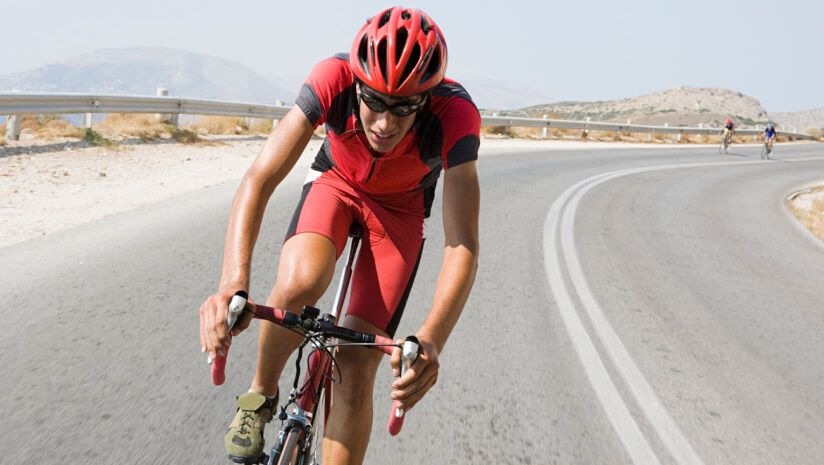
The study, published in the journal Nutrients, found that carbohydrate (CHO) supplementation alone did not address the LEA that may occur when dietary intake does not compensate for exercise energy expenditure. LEA affects physiological functions and is a concern as it can adversely affect healthy development in young athletes.
“The nutritional intervention, but not the supplementary CHO intake, markedly reduced the prevalence of LEA in adolescents, who often fail to match their energy expenditure with their energy intake during the competitive season,” wrote researchers led by Pietro Amedeo Modesti at the University of Florence. “Nutritional education is essential for adolescent endurance cycling teams”.
The researchers highlighted that LEA among active adolescents is common, occurring in up to 60% of athletes, depending on sex and sport. Additionally, they noted that around 9% of adolescent endurance athletes were found to have eating disorders.
“This is why greater attention should be paid to educating adolescent athletes rather than adopting short-term performance optimization strategies,” they wrote, noting recent concerns about relative energy deficiency in sport, such as those from the 2023 International Olympic Committee.
Fueling the young athlete
Endurance athletes require regular carbohydrate intake to provide muscle energy and limit fatigue. However, the researchers noted that cyclists often fear that increasing their body weight will impact their weight/power ratio, so they fail to fuel adequately.
If energy intake does not compensate for exercise energy expenditure, there is a reduction in energy availability. Low energy availability can impact physiological functions in adolescent athletes, causing adverse effects on bone health, hormones and mental well-being.
Study details
The new study, which is reportedly the first to pay particular attention to LEA in adolescent male cyclists, involved eight 16 to 17 year-old competitive male junior road cyclists who were evaluated in three phases during the competitive season.
Phase one was a four-day baseline basal assessment during which the participants underwent a moderate training load and ate their usual diet.
Phase two occurred in the late pre-season, involving a heavy training load. The researchers observed and recorded the athletes’ dietary habits for four days and then introduced supplementary carbohydrates for the following four days.
High glycemic index carbohydrates in liquid or solid form such as maltodextrin drinks were administered at 0 g to 60 g of carbohydrate an hour (CHO/h) for exercise durations of 1 h to 2.5 h and up to 90 g CHO/h for prolonged endurance exercise of over 2.5 h to 3 h as recommended by the American College of Sports Medicine.
Phase three was studied during the competitive season which involved a light training load excluding competition days. Again, the researchers monitored the athletes’ diet for the first four days and supplemented carbohydrates, this time with a daily nutritional intervention, for the following four days.
The nutritional intervention was personalized to each athlete’s needs, tailoring their energy and macronutrient intake according to expert guidelines and individual training programs while administering CHO before and after exercise to replenish glycogen.
Using appropriate methods, the researchers assessed parameters including energy expenditure, training load, dietary intake and energy availability. They monitored their glucose using a biosensor supplied by Supersapiens, which employs two of the authors.
The results showed that the athletes experienced frequent LEA throughout the training season. Seven out of eight athletes continued to experience LEA during the carbohydrate supplementation. However, LEA was present in only one athlete during the tailored nutritional intervention.
“The present study highlights the need for a global approach to nutrition management,” the researchers wrote. “The support of a nutrition professional in cycling teams is, therefore, important for education and nutrition management involving endurance athletes.”
Source: Nutrients
2024, 16(22), 3824
doi: 10.3390/nu16223824
“Assessing energy availability and glucose dynamics in adolescent cyclists: implications for nutritional interventions during the competitive season”.
Authors: M. Tarocchi et al.
